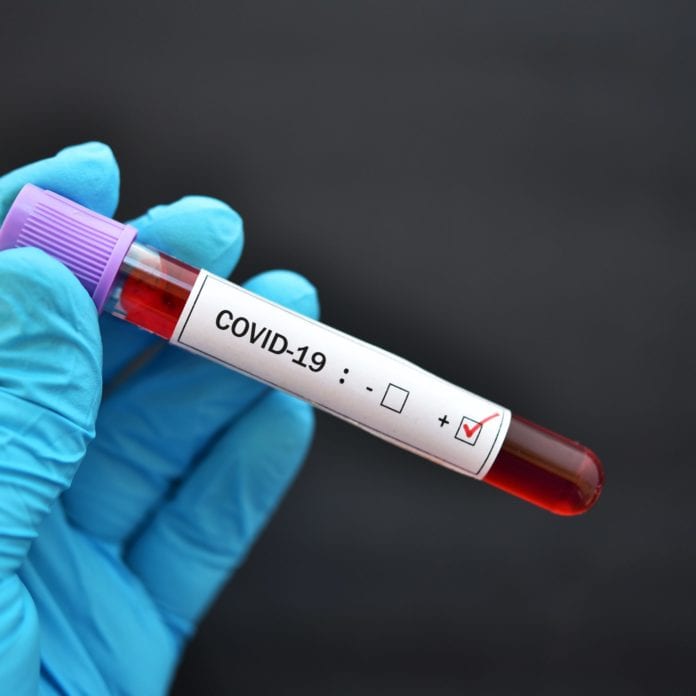NVIDIA will add to COVID-19 efforts with expertise in AI, biology and large-scale computing optimizations
The COVID-19 High Performance Computing Consortium, launched by the federal government last week, is a public/private industry initiative to support researchers around the world battling the virus by leveraging U.S. supercomputers. Members include IBM and Amazon Web Services, and now GPU maker NVIDIA has joined the group.
NVIDIA will add to the consortium’s efforts by providing expertise in AI, biology and large-scale computing optimizations, as well as access to its own SaturnV supercomputer.
This is not the first thing NVIDIA has done to support the fight against COVID-19. The company has more than 27,000 Tesla V100 GPUs inside the Summit supercomputer that are working towards uncovering the virus’s largest spike protein. The spike protein is what the virus uses to invade the human cell, making it like a doorway for the infection.
Further, in a movement called Folding@home NVIDIA outsourced the effort, asking PC gamers to use their powerful devices to donate unused GPU clock cycles to increase the computing power being put towards the fight.
By downloading the Folding@home software, users can donate spare clock cycles of the powerful graphics cards embedded in their computers to a globally network of PCs, essentially making a huge international supercomputer.
Since its February start, roughly 400,000 volunteers have joined the initiative.
And lastly, NVIDIA made its GPU-accelerated genome analysis toolkit Parabricks available for free for 90 days, with the possibility of extension, to any researcher currently working to combat the virus.
As of yesterday, the COVID-19 High Performance Computing Consortium includes 24 U.S. government and academic entities, and the total combined computing resources represent 16 systems with more than 402 petaflops, 105,334 nodes, 3,539,044 CPU cores and 41,286 graphics processing units.
The hope is that, with that much computing power, COVID-19 won’t know what hit it.

